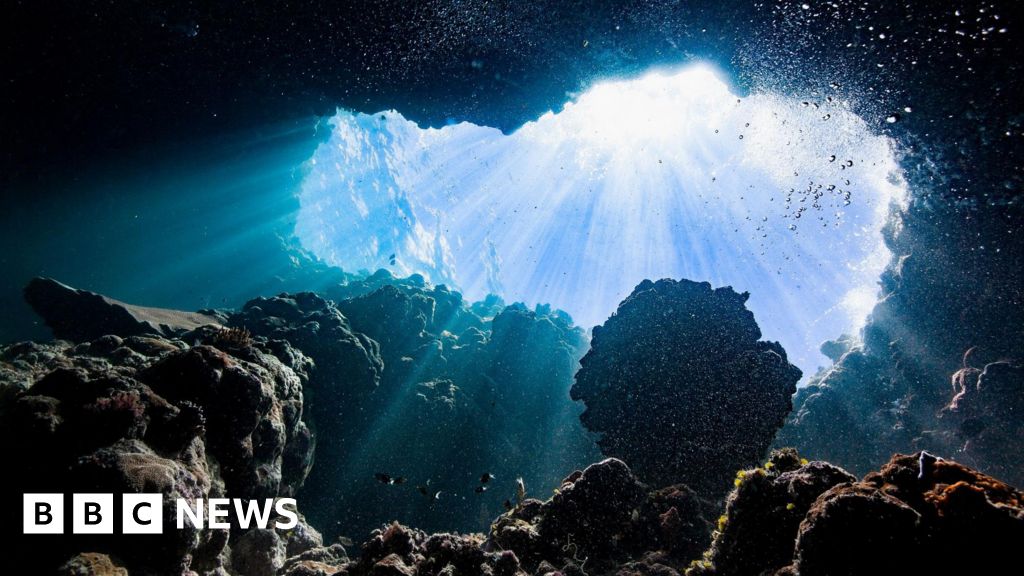- cross-posted to:
- [email protected]
- [email protected]
- [email protected]
- cross-posted to:
- [email protected]
- [email protected]
- [email protected]
Scientists have discovered “dark oxygen” being produced in the deep ocean, apparently by lumps of metal on the seafloor.
About half the oxygen we breathe comes from the ocean. But, before this discovery, it was understood that it was made by marine plants photosynthesising - something that requires sunlight.
Here, at depths of 5km, where no sunlight can penetrate, the oxygen appears to be produced by naturally occurring metallic “nodules” which split seawater - H2O - into hydrogen and oxygen.
Several mining companies have plans to collect these nodules, which marine scientists fear could disrupt the newly discovered process - and damage any marine life that depends on the oxygen they make.



Seems monumental, I’m curious about more specific properties of the metal.
Seems like a valuable resource from a video game that charges science fiction energy drives.
It’s funny the title is “defies knowledge of the deep ocean”, given how often it’s proven humans have so little knowledge of the deep ocean in the first place.
The article is being pretty hyperbolic. There’s no mystery here, this is just something which happens if you put two different metals together. It’s nothing more or less than a crude battery, just like the ancestors of the AA battery the article kept harping on about.
This discovery could be important for people studying the climate on very early Earth, people studying early life, and the ecology of the deep sea today.
That last one is particularly troubling, though. If this is widespread, then this might be a major source of what little oxygen is down there. If so, then taking those nodules away (like a lot of people are keen to do, since some of the metals they’re made of are valuable) could destroy an entire ecosystem.
More research is required
I mean the article is being hyperbolic I think to try and sway opinion away from thinking it’s a good idea to mine these nodules.
We have a bunch of billionaires who are suddenly excited to go full Dune on the ocean floor for scraps of metal that aren’t currently on owned land and will fuck up the ecology just because it will finally make them more wealthy.
If it seems like there is grand mysteries and a impact on us instead of just all the low lying marine life it might get people to say it’s a bad idea and public opinion will get them to stop.
It’s just a shame that Shame doesn’t work as well as it used to to control people.
Do you understand how the metal becomes a battery and how it can work consistently to split hydrogen and oxygen?
How it’s naturally charged and recharged?
Not OP, and I could be completely wrong on how these specific things work, but it seems to me like they work as a rudimentary voltaic pile:https://en.m.wikipedia.org/wiki/Voltaic_pile
Take a look at the diagram, and imagine a metal alloy or even little bits of metal close to each other, and imagine the electrolyte is seawater.
It’s a super basic accidental nature battery.
Just wait until you hear about basic accidental nature nuclear reactors… And no, I’m not joking.
SCIENCE, BITCH!
I would expect it to work like a galvanic anode.